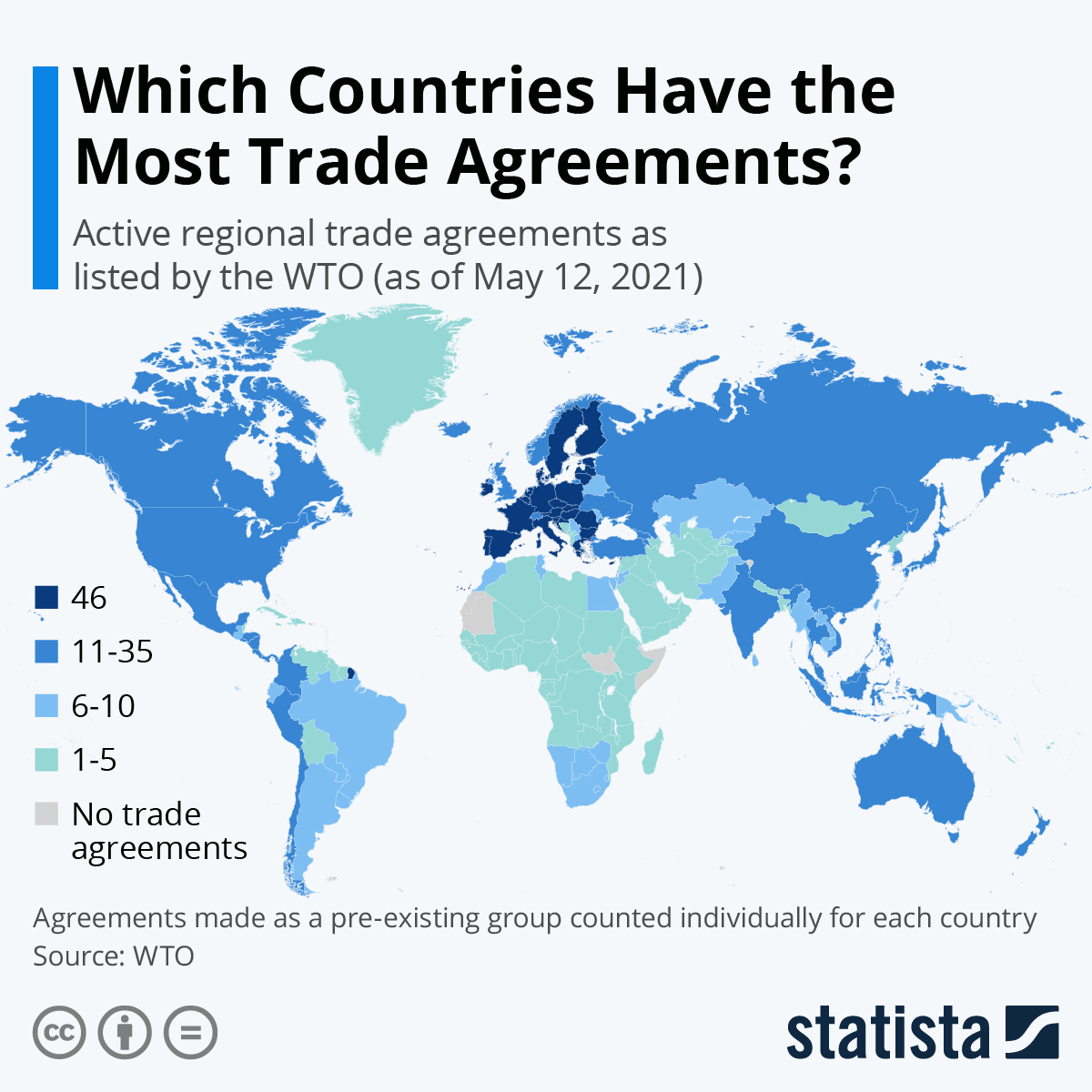The European Union (EU) witnessed a significant improvement in its trade balance during the final quarter of 2023. According to Eurostat, the EU's seasonally adjusted current account surplus reached €107.9 billion, which translates to 2.5% of its GDP. This marks a positive contrast to the €86.2 billion surplus recorded in the previous quarter and a substantial leap from the €24.3 billion surplus seen in the fourth quarter of 2022.
This robust performance is attributed primarily to a surge in the trade of goods. The EU transitioned from a deficit of €76 billion to a surplus of €246 billion in this category. The increase can be partially explained by the rising global demand for European exports, potentially fueled by the ongoing war in Ukraine and the resulting disruptions to supply chains from other regions.
The surplus in primary income, which reflects earnings on investments and financial instruments held abroad by EU residents, also witnessed an increase, rising from €15 billion to €28 billion. This suggests that European investments abroad are generating a healthy return.
While positive, the picture is not entirely rosy. The surplus in services, which includes tourism and transportation, dipped slightly from €148 billion to €123 billion. This decline could be attributed to lingering effects of the pandemic on tourism and travel. Additionally, the deficit in secondary income, encompassing interest payments on foreign debt, narrowed slightly from €166 billion to €157 billion.
The EU's trade surplus with some of its major partners also presents a mixed bag. The bloc recorded significant surpluses with the United Kingdom (€62.3 billion), Switzerland (€26.5 billion), and the United States (€23.0 billion). However, a sizeable deficit persists with China (€32.1 billion), highlighting the EU's continued reliance on Chinese imports.
The EU's strong current account surplus is a positive development, indicating that the bloc's exports of goods and services are outpacing its imports. This can contribute to economic growth and stability. However, policymakers need to address the persistent trade deficit with some key partners and ensure a more balanced trade relationship in the long run.

